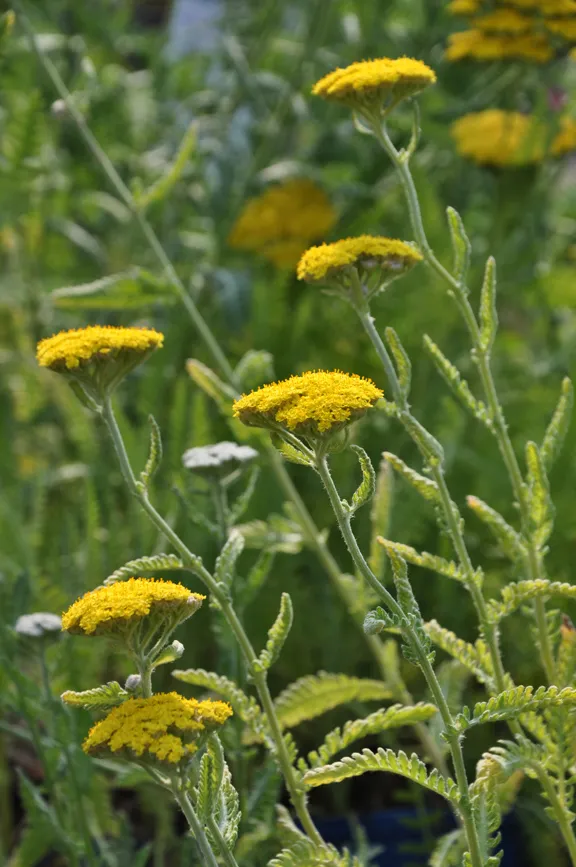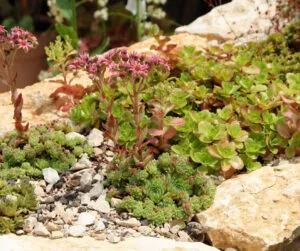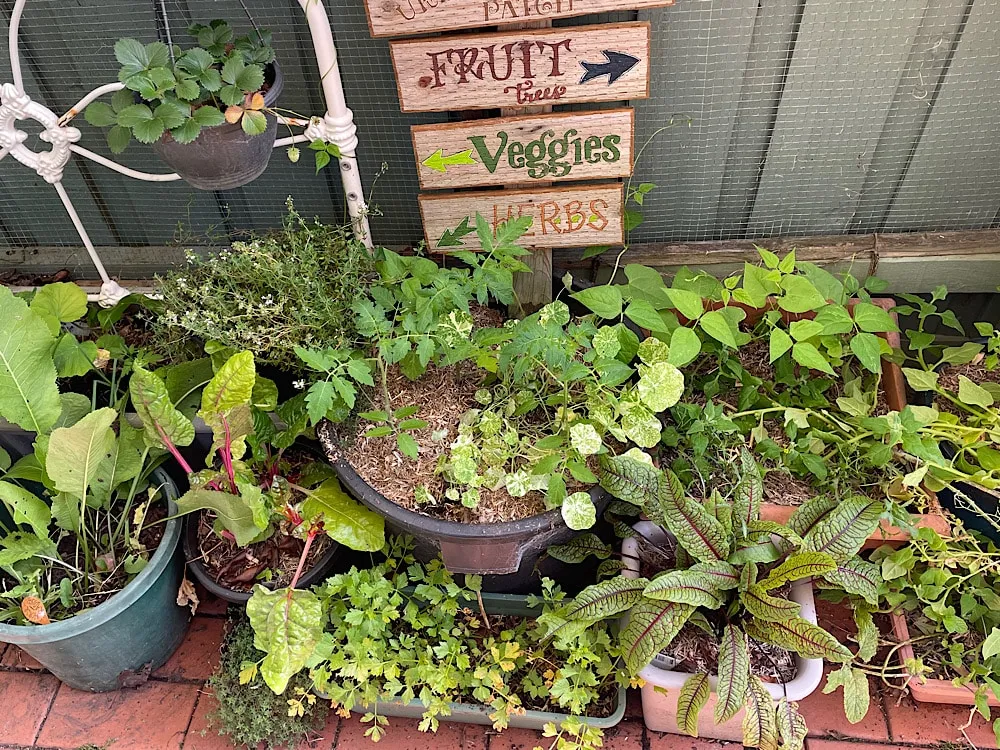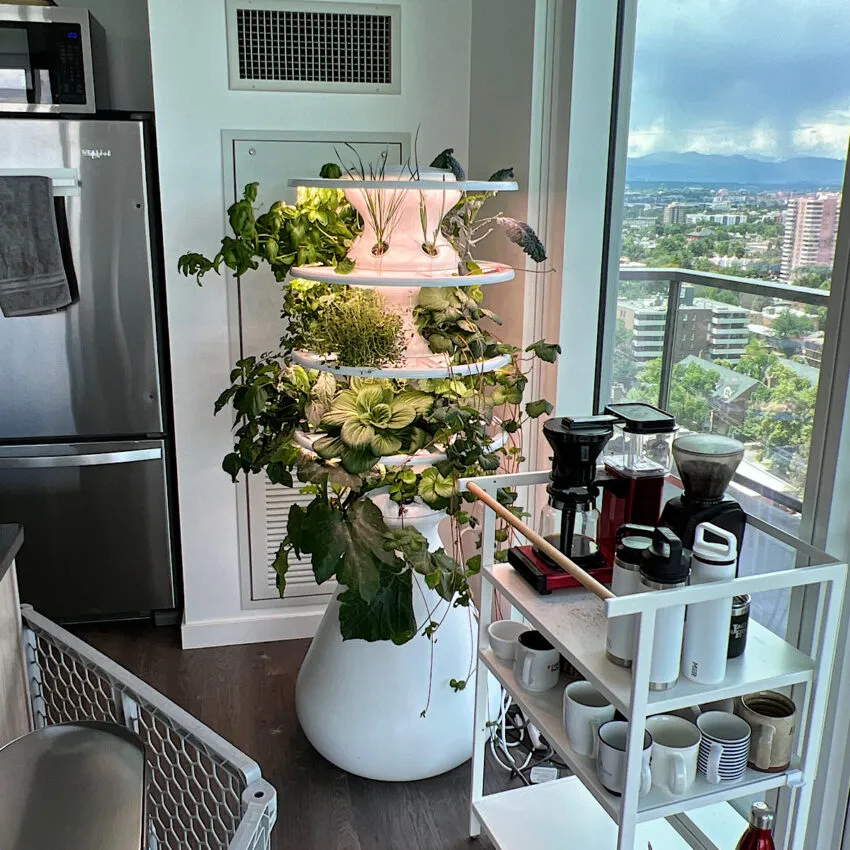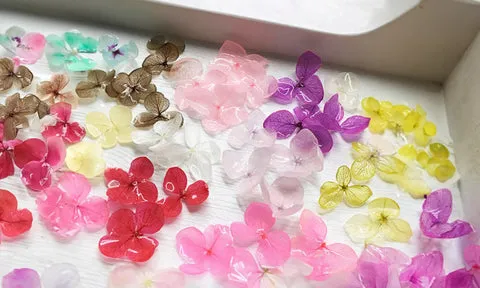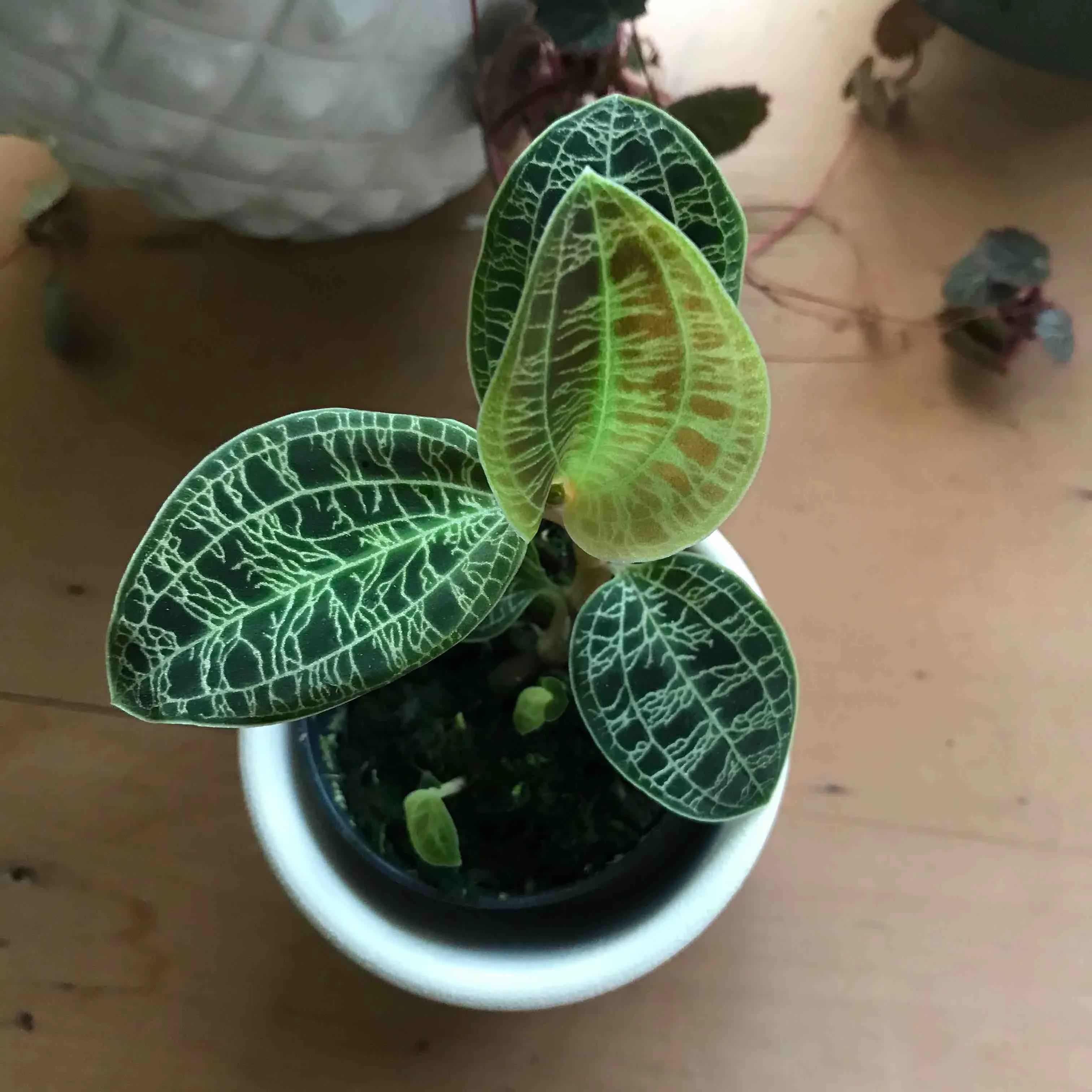- Overwatering and poor drainage are the most common causes of rosemary decline
- Rosemary needs full sun, well-draining soil, and infrequent watering
- Avoid pruning into woody stems and protect from frost in cold climates
- Pest issues, nutrient imbalances, and overcrowding can also stress rosemary plants
- Regular pruning and proper growing conditions help maintain healthy rosemary
Rosemary is generally an easy herb to grow, prized for its fragrant foliage and culinary uses. However, even experienced gardeners sometimes find their rosemary plants suddenly struggling or dying. If you’ve noticed your rosemary looking unhealthy, don’t despair – in most cases, the issue can be identified and corrected. Let’s explore the most common reasons rosemary plants decline and how to get them thriving again.
Contents
1. Overwatering: The Number One Killer
 Overwatered rosemary with drooping branches
Overwatered rosemary with drooping branches
As a Mediterranean herb, rosemary is adapted to dry conditions and does not tolerate soggy soil. Overwatering is perhaps the most frequent mistake made with rosemary plants. Signs of overwatering include:
- Yellowing or browning leaves
- Drooping stems
- Soft, mushy roots
- Fungal growth on soil surface
To avoid overwatering:
- Allow soil to dry out between waterings
- Water deeply but infrequently
- Ensure pots have drainage holes
- Use a well-draining potting mix
For established plants, water only every 1-2 weeks. Potted rosemary may need slightly more frequent watering. Always check soil moisture before watering.
2. Poor Drainage Leading to Root Rot
Even with proper watering, rosemary can suffer if planted in heavy, poorly-draining soil. Root rot occurs when roots are constantly saturated, leading to fungal growth and decay. Symptoms include wilting, yellowing, and branch dieback.
To improve drainage:
- Amend garden soil with coarse sand or perlite
- Use a cactus/succulent potting mix for containers
- Ensure pots have adequate drainage holes
- Avoid planting in low spots where water collects
If root rot has set in, you may need to take cuttings and start over with fresh, well-draining soil.
3. Lack of Sunlight
 Rosemary plant reaching for sunlight
Rosemary plant reaching for sunlight
Rosemary requires full sun to thrive, meaning at least 6-8 hours of direct sunlight daily. Without adequate light, plants become leggy, pale, and produce fewer aromatic oils. Indoor rosemary is especially prone to light deficiency.
To provide enough light:
- Plant rosemary in the sunniest spot available
- Use grow lights for indoor plants in winter
- Prune regularly to maintain an open shape
- Avoid overcrowding that causes shading
If your rosemary isn’t fragrant, inadequate sunlight is likely the culprit.
4. Improper Pruning Techniques
While regular pruning keeps rosemary healthy, cutting into woody stems can severely damage the plant. Only prune green, flexible growth and avoid cutting more than 1/3 of the plant at once.
Proper pruning promotes:
- Better air circulation
- Bushier, more compact growth
- Increased leaf production
Aim to prune lightly throughout the growing season rather than severely all at once.
5. Pest Infestations
 Spider mites on rosemary leaves
Spider mites on rosemary leaves
Though generally pest-resistant, rosemary can fall victim to sap-sucking insects like spider mites, mealybugs, and aphids. Look for:
- Stippled or yellowing leaves
- Webbing between branches
- Sticky residue on leaves
- Visible insects, especially under leaves
Control pests by:
- Spraying plants with a strong jet of water
- Using insecticidal soap or neem oil
- Introducing beneficial predatory insects
- Pruning heavily infested sections
Regular inspection helps catch pest issues early before significant damage occurs.
6. Cold Damage and Frost
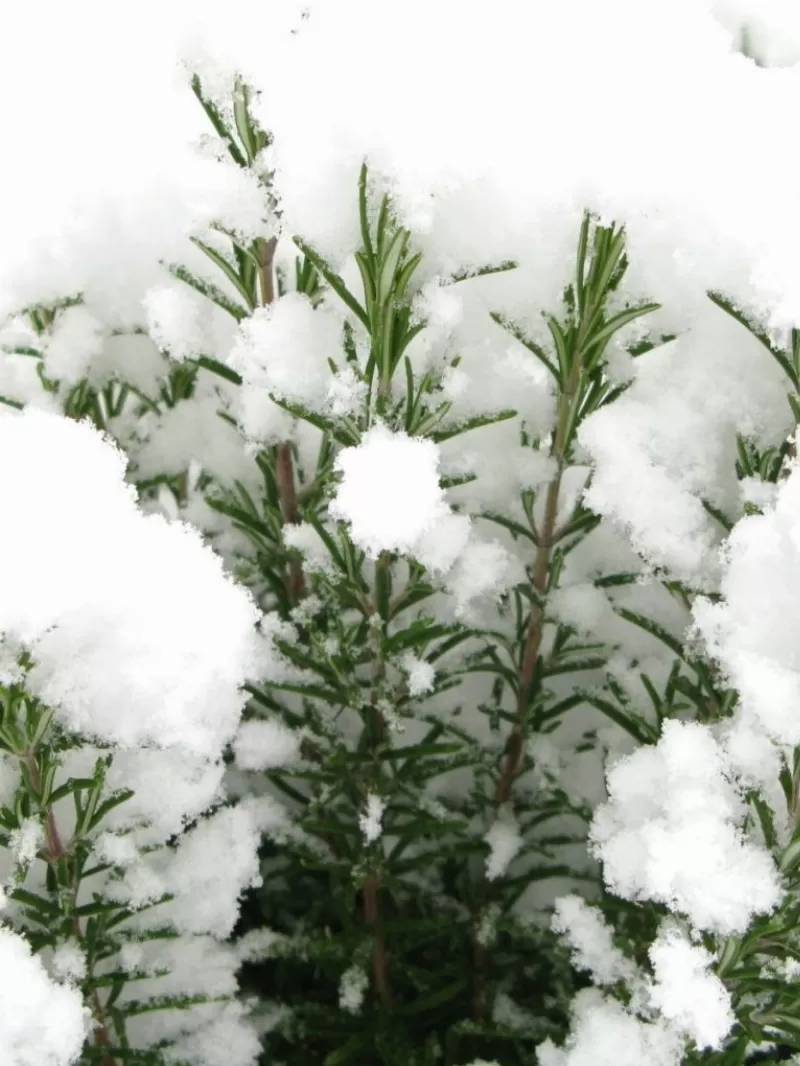 Frost-damaged rosemary with brown leaves
Frost-damaged rosemary with brown leaves
Rosemary is only hardy to about 20°F (-6°C). In colder climates, protect plants from frost damage by:
- Moving potted plants indoors for winter
- Using frost cloth or row covers for in-ground plants
- Planting near walls for wind protection
- Mulching heavily around the base
If frost damage occurs, wait until spring to assess the full extent before pruning away dead growth.
7. Nutrient Imbalances
 Rosemary with yellowing leaves due to nutrient deficiency
Rosemary with yellowing leaves due to nutrient deficiency
Rosemary generally doesn’t require much fertilizer, but nutrient deficiencies can occur in poor soil. Conversely, over-fertilizing (especially with nitrogen) can lead to weak, floppy growth. Signs of nutrient issues include:
- Yellowing leaves (nitrogen deficiency)
- Purple-tinged leaves (phosphorus deficiency)
- Leaf tip browning (potassium deficiency)
Use a balanced, slow-release fertilizer sparingly if needed. A soil test can help identify specific deficiencies.
8. Incorrect Soil pH
Rosemary prefers slightly alkaline soil with a pH between 6.0-7.5. In overly acidic soil, plants may struggle to uptake nutrients. Test soil pH and amend with lime if necessary to raise pH.
9. High Humidity Issues
 Rosemary with powdery mildew due to high humidity
Rosemary with powdery mildew due to high humidity
While rosemary tolerates some humidity, consistently damp conditions can lead to fungal issues like powdery mildew. Improve air circulation by:
- Spacing plants adequately
- Pruning to open up the center
- Using fans for indoor plants
- Avoiding overhead watering
In very humid climates, consider growing rosemary in containers so it can be moved to drier areas as needed.
10. Overcrowding
 Overcrowded rosemary plants competing for resources
Overcrowded rosemary plants competing for resources
As rosemary matures, it can reach 4-6 feet tall and wide. Overcrowded plants compete for resources and have poor air circulation, leading to:
- Weak, spindly growth
- Increased disease susceptibility
- Reduced flowering and oil production
Space rosemary plants 2-3 feet apart and thin out established plantings as needed.
Conclusion
By understanding rosemary’s needs and common pitfalls, you can keep your plants healthy and productive for years. Remember that this drought-tolerant herb prefers neglect to overcare – resist the urge to coddle it with too much water or fertilizer. With proper drainage, full sun, and occasional pruning, your rosemary will reward you with fragrant foliage and culinary delights.
Do you have any rosemary growing tips or challenges to share? Let us know in the comments below!




